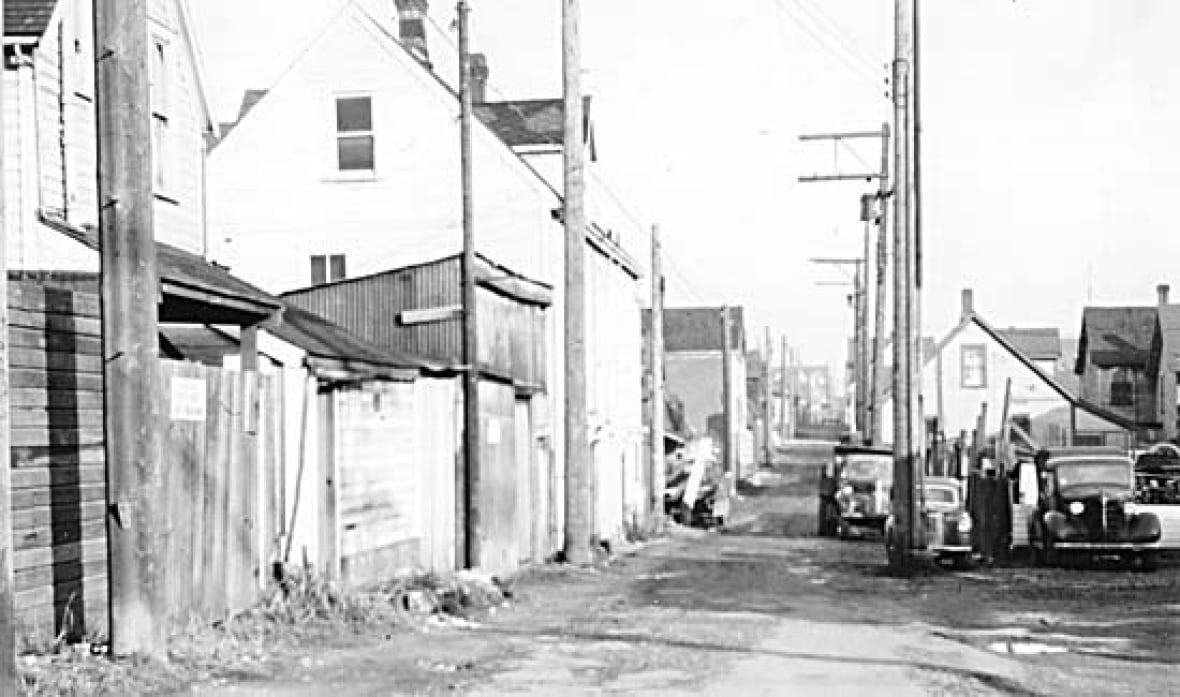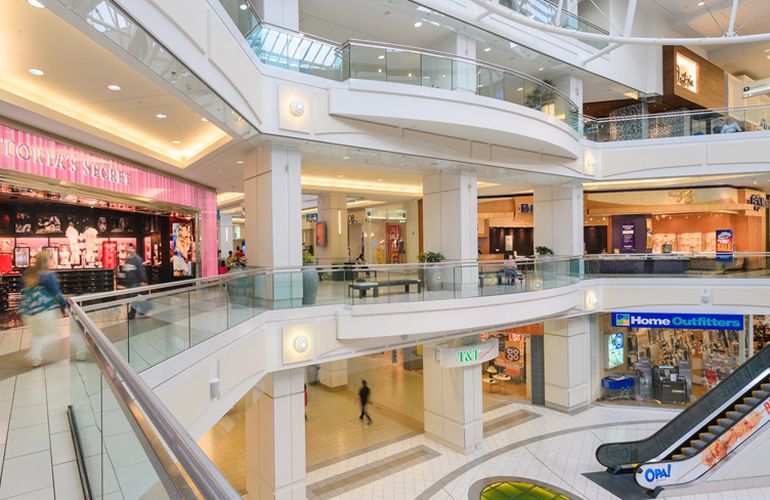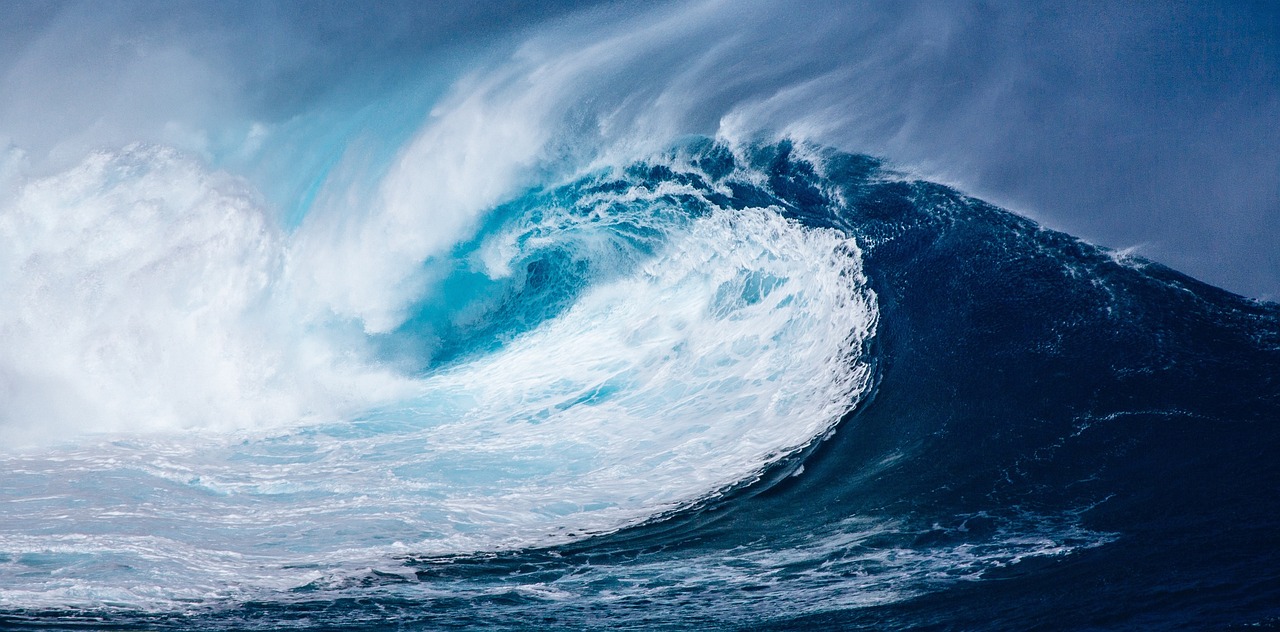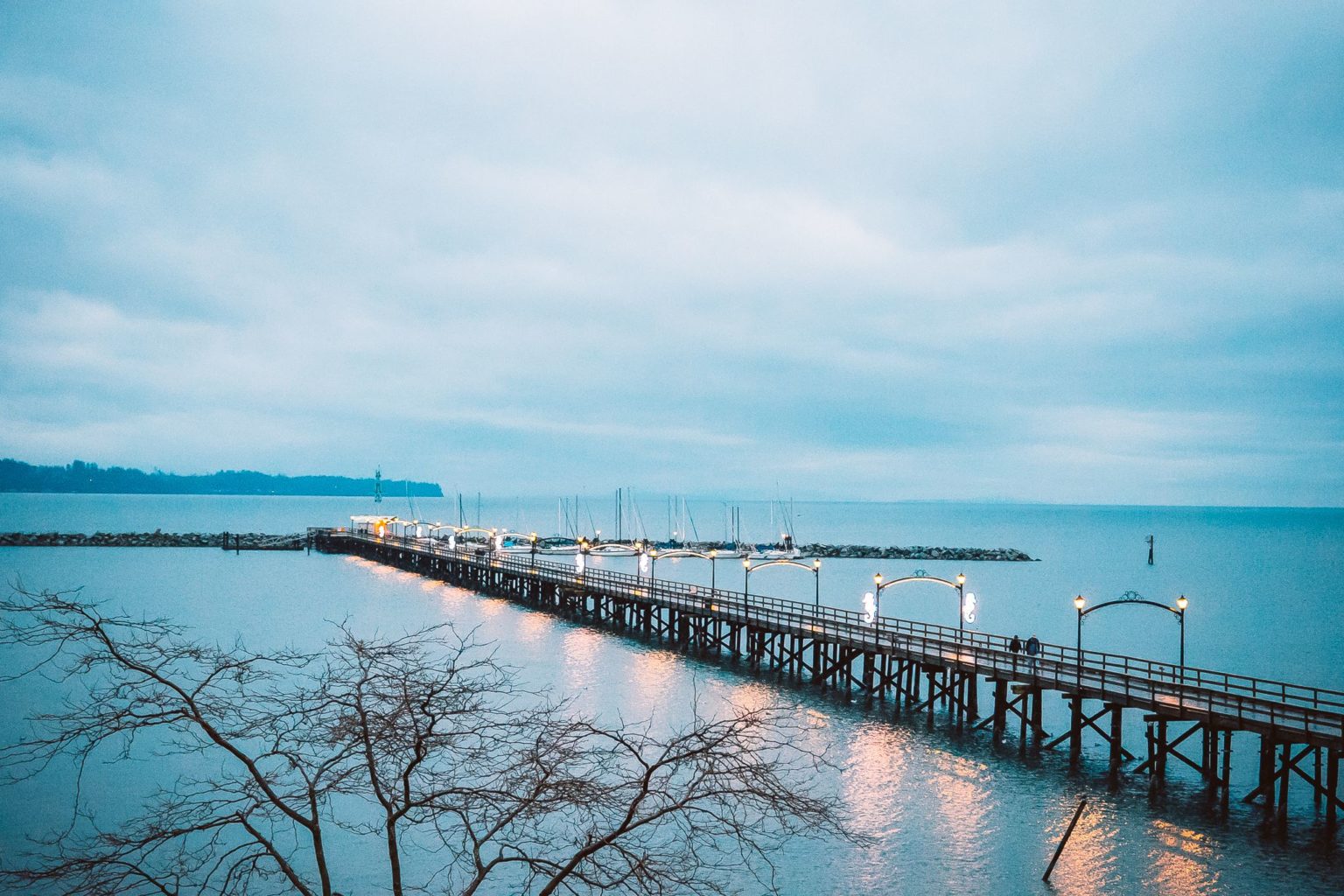
(Chris107/Pixabay)
Have you ever been to Epcot Centre at Walt Disney World? Disney California Adventure at Disneyland? Well, if you’ve been to either, you’re probably familiar with Soarin’ Around the World. Opened in 2001 as Soarin’ Over California, it’s a revolutionary piece of theme park technology that takes riders on an airborne journey above famous landmarks, complete with authentic scents and sprays of mist, all contained within a massive theatre. Until 2013, the only place to experience Soarin’ was the Disney Parks, but that all changed when a new tenant moved into Canada Place.
Stephen Geddes and Andrew Stang, two local businessmen, wanted to bring the experience of the Disney parks to Vancouver, which is easier said than done. Disney’s attractions are notably difficult to replicate, as their elaborate engineering and IP-based theming often get in the way of any imitation. But the two had their eyes on an attraction that was A) not bound by the restraints of Intellectual property, and B) based on a pre-existing technology. Soarin’ was a perfect way to bring a familiar Disney icon to Vancouver, and with changes to the subject matter, it would also serve as a way to highlight the beauty of Canada. But there’s one problem, Soarin’ is big. Very big.
With 6 rows of suspended seating stacked on top of each other, Soarin’s screen is a massive 80 feet tall, 4 times the size of your average theatre screen. Luckily, there was one screen in Vancouver that had been without a permanent show since 2009, and more importantly, one that could host a ride of such scale. During the preparations for Expo 86, the dilapidated Pier B-C in Coal Harbor was dismantled to be replaced by a state-of-the-art cruise ship terminal, Canada Place. Within the north end of the structure, an Imax theatre was built to showcase the Transitions film made for Expo. After years of operation, the film was removed in 2009, leaving the theatre without a permanent tenant. That’s when Stephen and Andrew stepped in, partnering with Aquilini Developments to create Soaring Attractions Inc.
Flyover, as it would come to be known, would open on June 29th, 2013, revitalizing the city’s tourism landscape with a fresh new attraction. Unlike it’s Disneyland counterpart, Flyover’s standard experience takes riders on a stunning journey across Canada, highlighting our natural beauty on the big screen. Depending on the season, overlays for Halloween and Christmas take over, and in some cases, special films like “Flyover America” have been shown, usually because the company shoots new films for each new Flyover locations across the globe. Oh, yeah, did I mention that Flyover now has locations in Minnesota, Chicago, Las Vegas, and Iceland?
It’s safe to say that the Flyover experiment was a great success, bringing a little bit of that Disney magic to Vancouver without the need for an entire theme park. As of today, the original Flyover is still an icon of Canada Place, even 12 years after opening it’s doors, and with a second Canadian location in Toronto now under construction, the future looks bright for our homegrown Disney ride.
Flyover’s website: Let Wonder Take Over | Flyover in Vancouver
Written by Noah Schmidt
Contact: nschmidt20@my.bcit.ca










